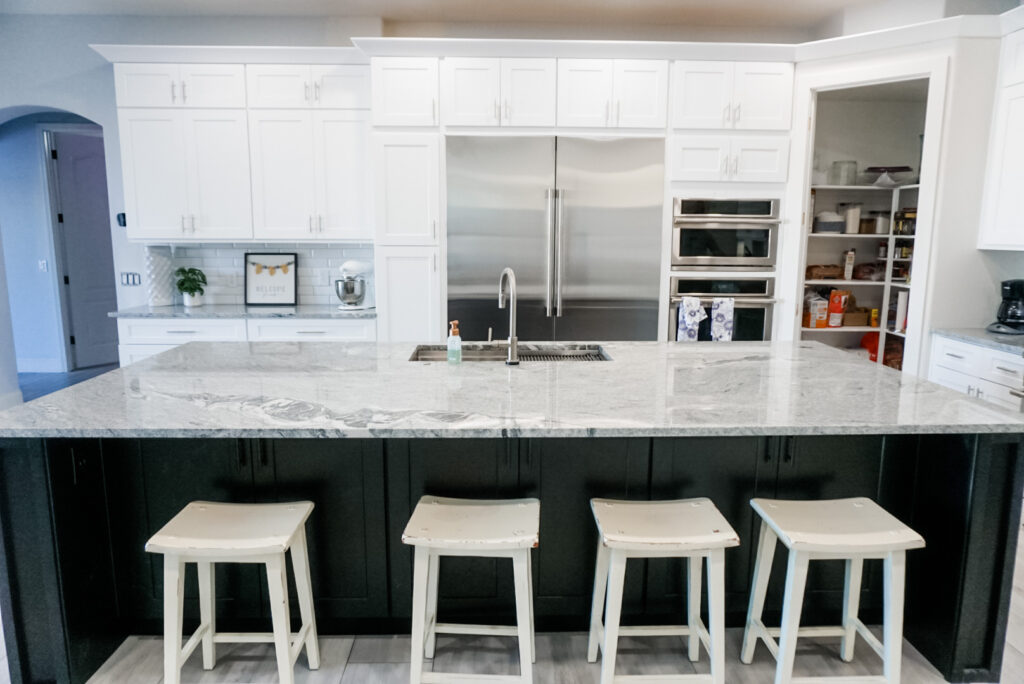Introduction:
When it comes to construction projects, choosing the right approach is crucial for a successful outcome. Design-build firms and bid-build firms are the two main methodologies in the construction industry. Understanding the differences between these approaches is essential for making an informed decision. In this blog post, we will delve into the nuances of design-build firms and bid-build firms, highlighting the advantages of the design-build approach.
I. Definition and Process of Design-Build Firms:
A design-build firm is an integrated entity that oversees both the design and construction phases of a project. It brings together architects, engineers, and construction professionals under one roof, fostering seamless collaboration. The design-build process involves close coordination between the design and construction teams from the project’s early stages. This integrated approach streamlines decision making and ensures a smoother construction process.
II. Definition and Process of Bid-Build Firms:
In contrast to design-build firms, bid-build firms follow a traditional approach with separate contracts for design and construction. The design phase is completed before the project is put out for bids and construction begins. While this sequential process has been prevalent for many years, it may lead to potential communication gaps and delays due to a lack of collaboration between the two teams.
III. Key Differences between Design-Build and Bid-Build Firms:
Timelines:
Design-build projects typically have shorter timelines compared to bid-build projects. This is because design and construction activities can overlap in the design-build approach. By streamlining the process, design-build firms save time and achieve project completion faster.
Cost Control:
Design-build firms excel in cost control due to the integrated approach. They can provide early cost estimation and value engineering, allowing project owners to make informed decisions. On the other hand, bid-build projects often face challenges in cost control, as budget-related decisions are made after the design phase.
Communication and Collaboration:
Design-build firms foster enhanced communication and collaboration between the design and construction teams. The seamless integration of these teams allows for efficient decision-making, problem-solving, and coordination. Bid-build projects, with separate contracts, may face issues like miscommunication and coordination problems between the design and construction teams.
IV. Case Studies and Examples:
To illustrate the advantages of design-build firms, let’s look at a few real-world examples. The construction of a state-of-the-art hospital, utilizing the design-build approach, resulted in a streamlined process, early cost control, and faster project completion. Conversely, a bid-build project for a government building faced delays due to communication gaps and a lack of collaboration between the design and construction teams.
V. Conclusion:
In conclusion, design-build firms offer several advantages over bid-build firms. By integrating the design and construction phases, design-build projects save time, control costs more effectively, and promote seamless communication and collaboration. As construction methodologies continue to evolve, it is important for project owners to consider design-build as an innovative and efficient approach.
If you’re planning any upcoming construction projects, we encourage you to reach out to a reputable design-build firm, Like Provision Design | Build | Renew. They can provide expert guidance, streamline the process, and ensure a successful outcome. Choose design-build for a construction experience that combines innovation, efficiency, and collaboration.











